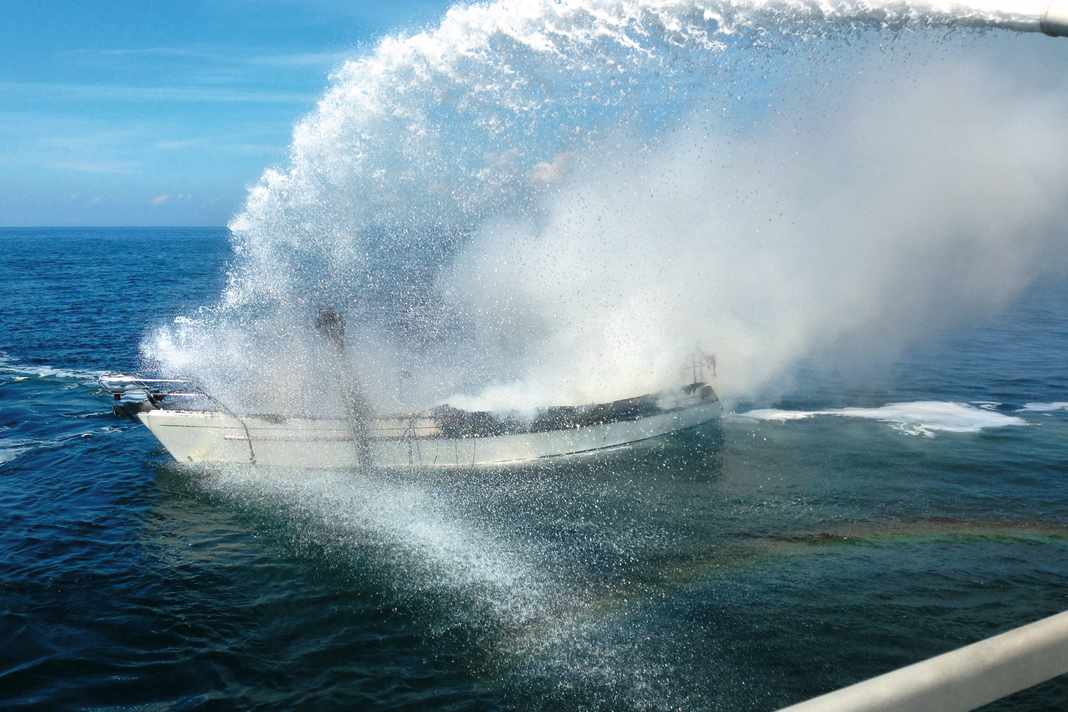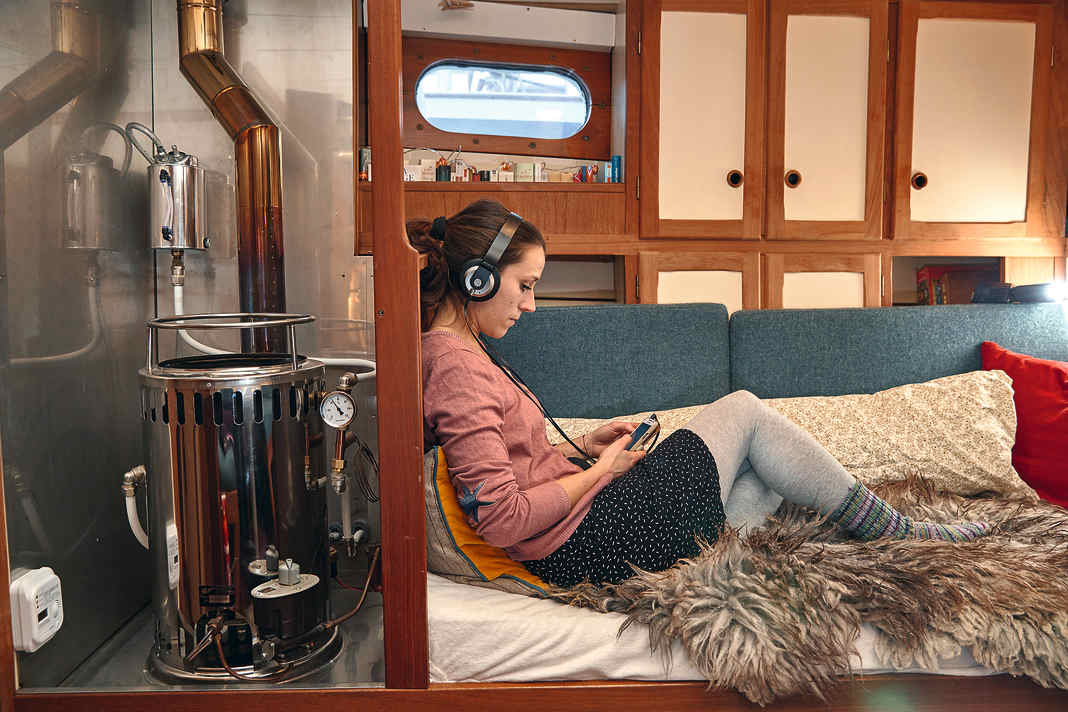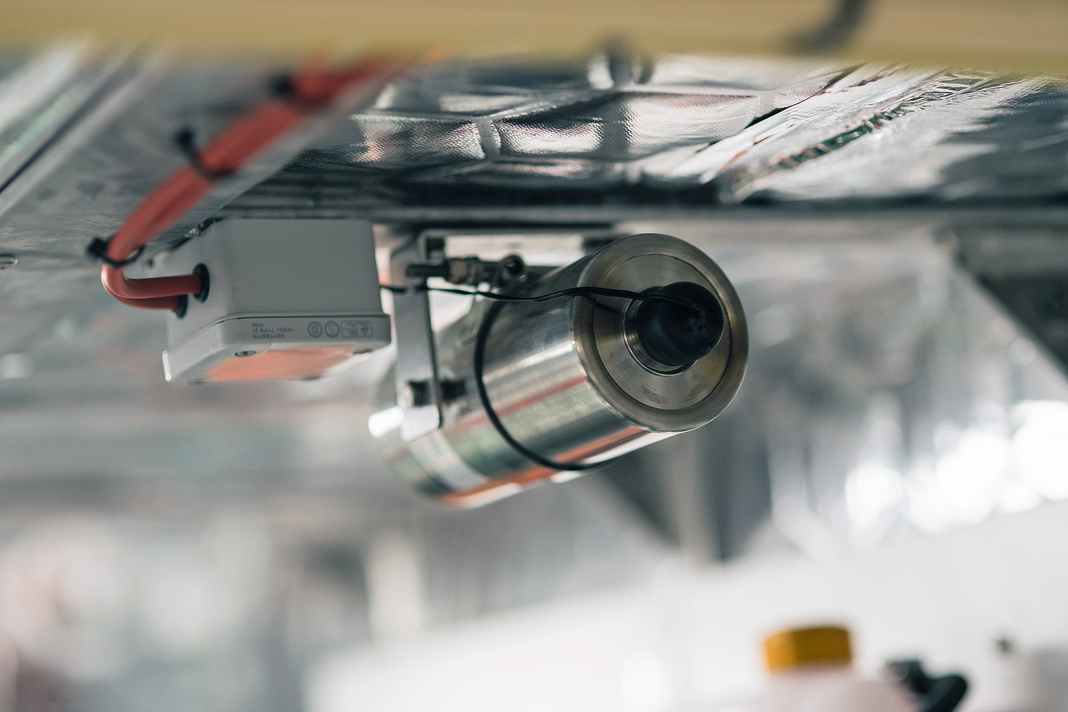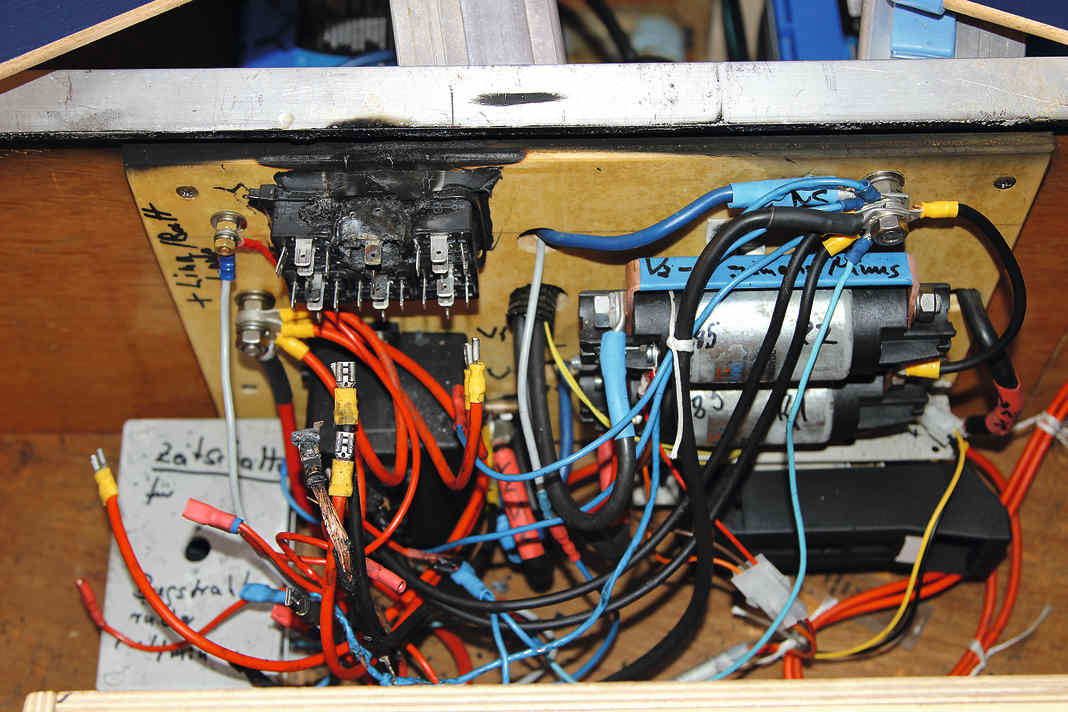




On-board gas alarms can save lives. They are easy to install. Winter storage in particular is ideal for retrofitting. According to studies, there are an average of 370 unintentional and documented deaths due to carbon monoxide (CO) poisoning in Germany every year. Around ten times as many cases with a non-fatal outcome are treated. The number of unreported cases is believed to be significantly higher.
Even headaches, migraines and concentration problems can be attributed to slightly elevated CO levels in the air we breathe. However, CO is rarely recognised as a cause, and the long-term consequences are considerable. It is also suspected that Parkinson's disease can be triggered by prolonged carbon monoxide intoxication.
On the subject of gas:
The danger of carbon monoxide
Whether gas, paraffin or spirit - the cooker should never be used as a heater. This is because sub-optimal combustion always produces CO, which can only be removed by ventilation. However, when heating, there is often no ventilation, as the warm air should remain inside.
The result: the CO concentration rises and, in the worst-case scenario, people fall asleep below deck and never wake up again. Heating attachments for cookers are also very dangerous, as the problem is the same. Sufficient ventilation should therefore always be ensured, even when cooking.
In addition to the cooker, the diesel or paraffin heater on board is a possible source. The CO is contained in the exhaust gases from the combustion process, which escape through the exhaust pipe. This actually always leads through the space from which the heater draws in cold air to heat it and transport it inwards. If the exhaust is now leaking, possibly due to vibrations, CO enters the intake of the heater and from there into the cabins - which can have fatal consequences under certain circumstances.
Things to know about carbon monoxide hazards






How CO alarms work
The CO content of the air is given in parts per million (ppm). At the workplace, 30 ppm must not be permanently exceeded, from 100 ppm CO is considered hazardous to health. Alarms are triggered for 60 minutes if the concentration exceeds 43 ppm. If the concentration is higher, they sound the alarm earlier; at 150 ppm, for example, it beeps after just two minutes. It is then necessary to leave the room, ventilate it, switch off the possible sources and observe yourself and the people concerned. If there are signs of dizziness or fainting, call an ambulance immediately.
The alarms can save lives. They should be installed under the ceiling in rooms with potential sources, such as heating outlets, as CO is slightly lighter than air. In rooms without their own source, such as cabins, the warning device should ideally be installed at face level.
The danger of carbon dioxide
Carbon dioxide (CO²) is also toxic to humans, but in much higher doses than CO. There is actually a DIN standard for the quality of indoor air. Below 800 ppm the air is considered good, above 1400 ppm the quality is classed as low. From around eight per cent CO² in the air we breathe, the consequences are headaches and, in the further course, respiratory arrest and death.
Things to know about carbon dioxide hazards



CO²-Warner
Devices that measure the CO² content of the air are significantly more expensive. When buying, make sure that you are not buying a carbon monoxide detector. Some (online) retailers do not seem to know the differences. You only need a CO² detector if there is also a CO² source on board. Normal breathing air cannot increase the concentration below deck to such an extent that it becomes dangerous, provided you ventilate occasionally.
Sources of CO² are typically extinguishing systems in the engine room. Just like in wine or beer cellars, CO² detectors should be installed there if the engine rooms are accessible. This ensures that leaks from the extinguishing system are detected in good time. However, as engine rooms are forced ventilated when the machine is running, the danger is actually less great.
The propane gas hazard on board
However, the danger of gas on board is very real. Various incidents every year, some of which are even fatal, prove that the necessary care is often lacking when handling gas. Lack of maintenance, porous hoses, connections on spouts with hose clamps, cookers without thermal fuses, spare cylinders stowed in the forecastle - all this is a sad reality on many yachts.
The result: gas collects in the bilge. The good thing about gas is that people recognise the smell immediately. Then it's time to close the bottle, ventilate and disembark. The danger is not so much inhalation, as gas is much heavier than air and therefore usually sinks to the bottom and is therefore not inhaled, but rather the possibility of an explosion if there is a certain mixture with the ambient air. If there is a lot or very little gas in the air, it cannot ignite. Propane, for example, only ignites when it makes up between 2.12 and 9.35 per cent of the ambient air.
Things to know about gas hazards






Real risk of explosion
The problem with ventilation is therefore that if the concentration is high beforehand, this flammable area is passed through once - possibly with devastating consequences if the refrigerator's compressor starts at precisely that point. This always causes a small spark, which can be enough to trigger an explosion. Unfortunately, this also applies to switching off the on-board power supply.
The good thing is that a gas alarm with a sensor installed in the bilge - i.e. where the gas collects - alerts at significantly lower concentrations, so that a prophylactic response is possible. However, only the value at the sensor is determined. It can therefore be worthwhile using alarms with two sensors: one in the bilge and one slightly higher up, which already registers the gas on its way down.
On the subject of fire-fighting:
Smoke detector: Like at home
Of course, a smoke alarm on board should also warn you if there is a fire, just like at home. The usual sources on board are galley, engine and cable fires. As fires in the galley usually start while cooking - i.e. when people are awake anyway - the detector should warn of the other sources of fire. Because you cannot simply go outside when there is a fire at sea as you can at home, recognising and extinguishing incipient fires is particularly important. If this happens, the rule is always: first call for help, then extinguish. If there are several people on board, this can be done simultaneously. This should be discussed and practised in the emergency roles.
Things to know about smoking hazards




What warnings are necessary?
Do you have to fill the entire ship with warning devices? It depends. If you cook with electricity and don't have gas or diesel heating on board, you won't need a CO warning device as there are no typical sources on board.
If there is a CO2 extinguishing system in the enclosed engine compartment, you need a carbon dioxide indicator there. If there is no gas on the ship, why install a gas detector? You should ask yourself: What sources are on board and then install the alarms accordingly. However, one or more smoke detectors should always be installed. If the heating is running through the night in the early or late season, the certainty that someone is there to keep an eye on the crew ensures a more peaceful night's sleep - that alone is worth a lot. After all, smoke and CO alarms for a yacht cost less in total than an automatic waistcoat.

